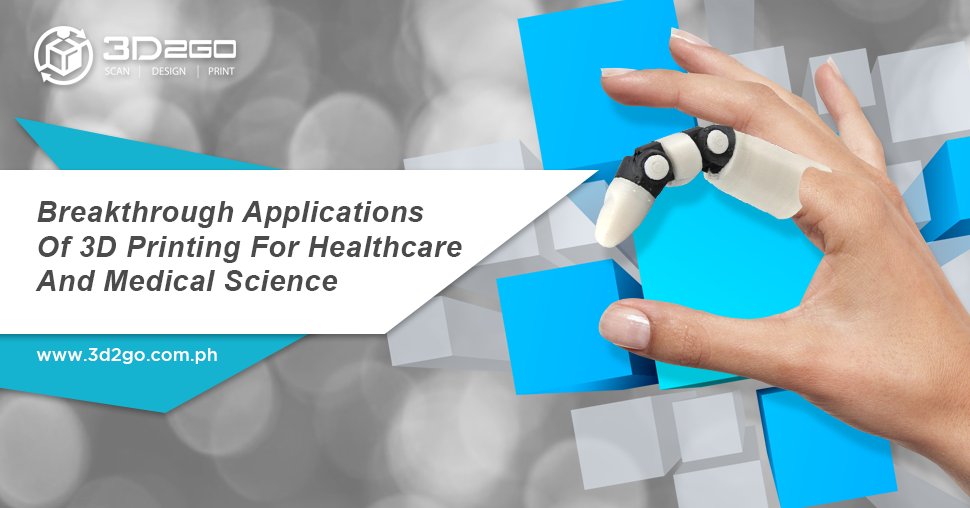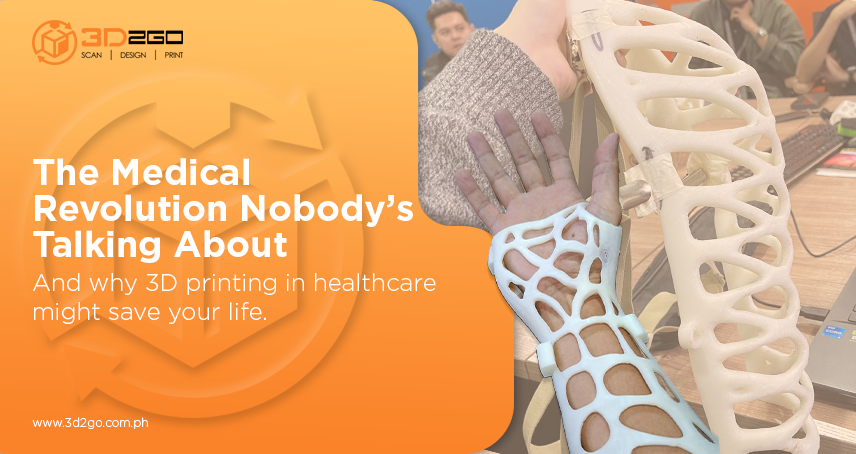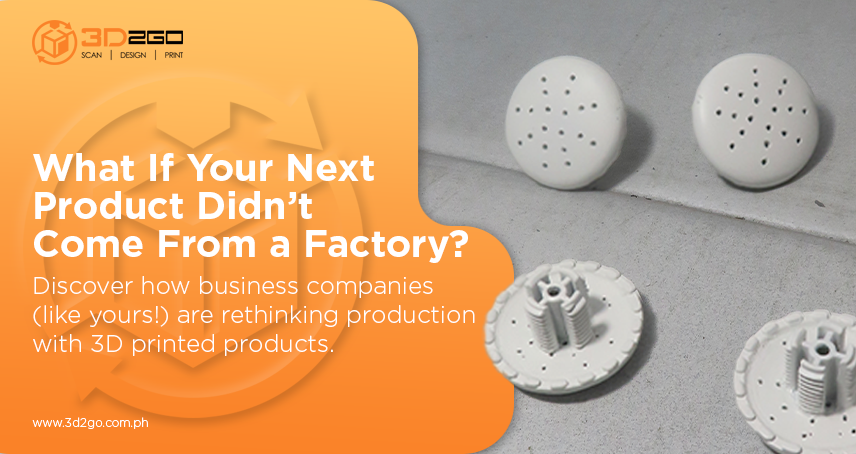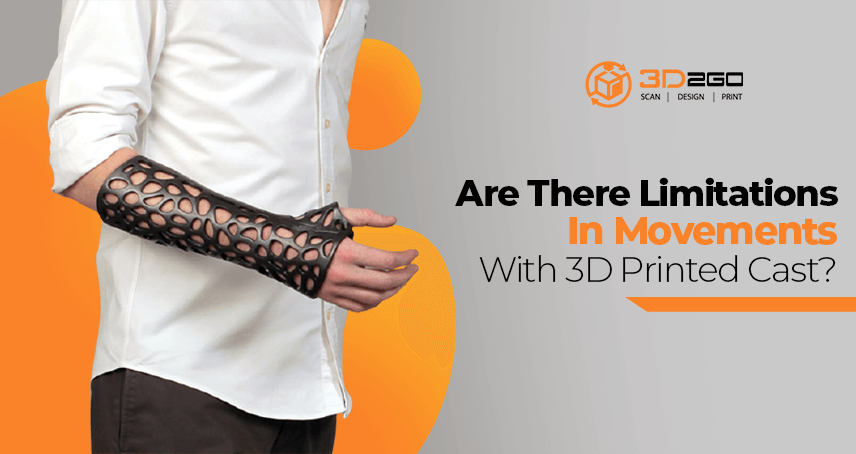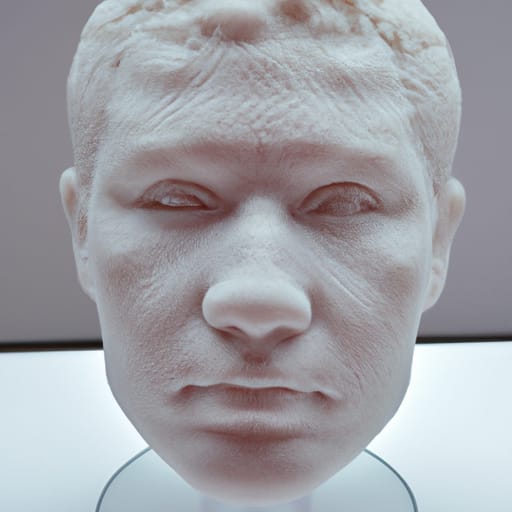
3D Printing Reconstruct Patient’s Face in Wales
June 14, 2022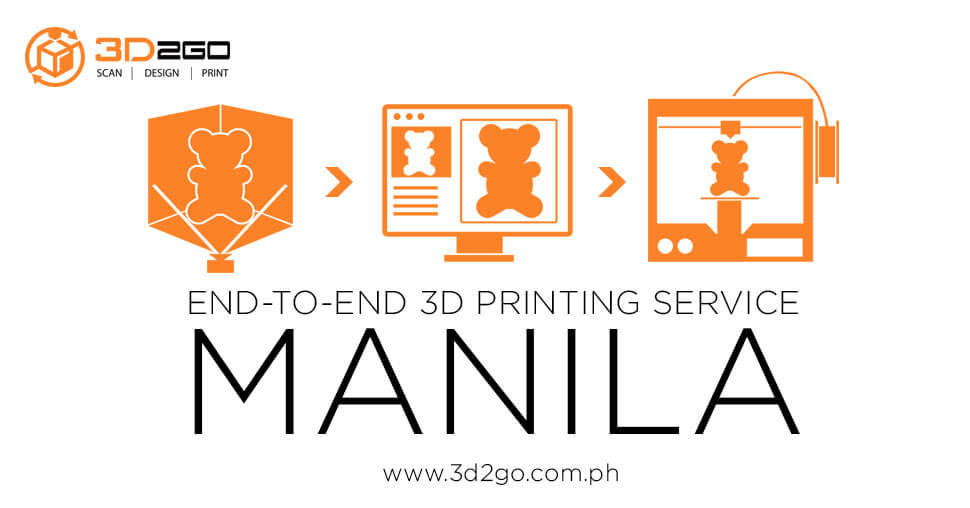
End-to End 3D Printing Service Manila
June 14, 2022Although 3D printing is popularly known for its application in the fashion, design and automobile industries, it is also being used for medical purposes. Trends geared towards 3D printing for healthcare can be observed in the fields of surgery, prosthetics, and dentistry. Despite the fact that its application in healthcare is a relatively new practice, 3D printing breakthroughs have made it possible for medical practitioners to enhance the quality of the services they provide to patients.
Medical Modelling
Medical modeling makes it possible for surgeons to produce precise replicas of patients’ internal organs. In this process, the surgical team captures impressions of the patient’s organ, most likely the heart, and makes use of clear or flexible resin to produce a model. The entire thing could two to three hours to produce. Flexible resin gives the model a realistic feel.
Referring to a 3D model ahead of time lets the surgeon determine which stents to use. It helps them get acquainted with the size and shape of the patient’s internal organ so that they can plan surgery accordingly. It also gives them the opportunity to present the model to the patient and the patient’s loved ones, and explain the surgical procedure.
3D printing for healthcare also enables surgeons to undertake surgical simulation, given the realistic feel of a flexible resin. This helps them shorten the duration of the actual surgery itself, since they will have already performed something similar on the medical model, and it increases the chances of success.
Prosthetics
3D printing breakthroughs have also made it possible for healthcare providers to produce custom prosthetics to differently-abled patients. For instance, when creating a prosthetic leg for a crippled patient, experts have relied on 3D printing to capture the measurements and dimensions of the leg that has remained intact, have those figures inverted, and used to produce a custom leg that fits the patient.
Similarly, doctors have used the technology to create custom patches for heart ventricles. This ensures a “good fit” for the patient since the size and dimensions of the heart vary with age.
Dentistry
Dentists have made use of 3D scans to capture accurate impressions of patients’ teeth and gums, and then print out models, dental caps and aligners. This is a faster and more convenient alternative to traditional methods that take days and cause discomfort for patients. This greatly improves the process of dental restoration, making it more efficient for both patients and dental care providers.
Dental clinics that make use of 3D printing, for their part, can cut down on storage space since their files are digitized. It also improves their workflow, enabling them to get things done within a shorter time frame.
Personalized Care
3D printing for healthcare has made it possible for medical practitioners to take patients’ unique characteristics and needs into account, and factor these into the services they provide. This, in turn, increases the chances of success, especially when it comes to high- risk surgery and complex health issues. It has also increased patients’ chances for recovery.
This technology could do much to improve the quality of life of Filipinos who are in need of surgery, prosthetics and dental restoration. It could be most useful to public healthcare, with hundreds to thousands of Filipinos lining up every day for subsidized care.
3D printing can help public hospitals shorten their processes without compromising on the quality of the services they provide. It can also help them address the unique needs of each patient, enabling them to give adequate and personalized care.
Contact us now!


